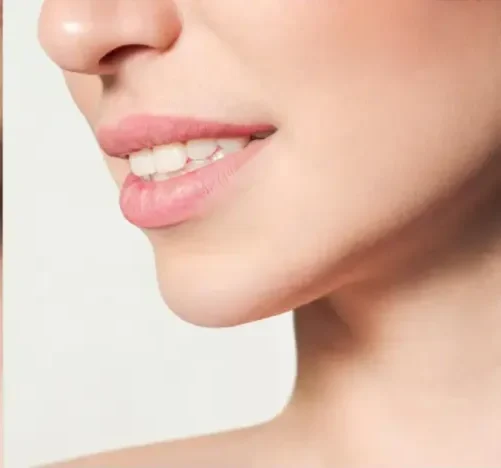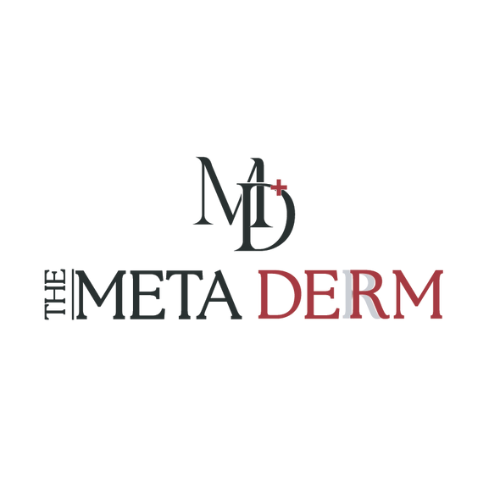CLINICAL PEELS
Clinical keratolytic treatments are a go-to for congested skin, inflammatory acne, and pigmented acne marks, dark spots, or patches of discolouration on the skin. It is a specially customised, tailor-made solution applied to your skin to gently remove the top layers of skin, revealing smooth, brighter skin.

Key Highlights:
Clinical keratolytic treatments break down and remove dead skin cells that clog the pores, causing comedones, blackheads, and inflammatory acne.
- Clinical peels are required in the initial phase to get control of the situation.
- Chemical peels can accelerate pigmentation clearance by up to 80%.
- Medical-grade AHA/BHA peels are useful in mild cases of acne and pigmentation.
- Vitamin A peels can help with severe pigmentation and early acne scarring.
- Dermamelan and Cosmelan are top-notch treatment options to clear stubborn pigmentation.
Clinical Peelsat at a Glance
- Best Results: 4 to 5 sessions, 4 weeks apart
- Treatment Duration: 10 mins
- Result Longevity: Variable
- Back to Daily Activities: Variable
- Recovery Time: 5 to 8 days
- Anaesthesia: Required
- Performed By: Dermatologist
- Cost: ₹ (Consultation required)
Our results speak for themselves






Clinical peels can be useful for clearing up acne and pigmentation, including melasma. Peels can be low-cost, low-downtime, and low-risk superficial peels or higher-cost, higher-recovery, deeper controlled peels with Dermamelan, Cosmelan, retinoic acid, trifarotene, and tazarotene peels.
Frequently Asked Questions
Not an OR question but an AND question. You may need clinical peels for the initial phase to get control of the situation, but maintenance with home exfoliation is necessary to sustain your results and protect against pollution-induced damage.
Ideally, no. Sun protection and sunscreen use are mandatory—without this in place, you shouldn't consider having a peel done. Likewise, if you have a lot of sun exposure coming up, that is not the right time to undergo a peel.
Peels are a go-to for congested skin, inflammatory acne, and pigmented acne marks. They may struggle a bit with comedones and deeper, larger acne lesions. Even in the latter case, they can be used in combination with other options to deliver results.
They help exfoliate clogged pores, kill surface bacteria, reduce oil production, and stimulate collagen to help repair and remodel scars.
Peels can also help shrink enlarged pores and reduce pigmentation from acne lesions.
Downtime depends on the peel, the prep, concentration, and your skin’s sensitivity. As a guide:
- AHA peels: No downtime
- Salicylic acid 10%: No downtime
- Salicylic acid 20–30%: Redness for 1–3 days
- Retinoic acid peels: 1–5 days of peeling
- Cosmelan and Dermamelan: 14 days
Dermamelan and Cosmelan peels are termed ‘commercial peeling’, meaning they offer blanket solutions for all types of pigmentation, including melasma. The downside of these peels is that:
- Recovery ranges from 4 to 14 days
- The efficacy rate is around 90%
- Costs are significant
On this basis, dermatologists are very careful about how they initiate these peels.
Results can be seen as early as 48 hours, especially if you have comedonal or blackhead acne, superficial pigmentation, or tanning. Peeling agents can also remodel collagen and improve scarring associated with acne; however, peak results are typically seen after 2–4 months.

